In the ever-evolving world of global trade, Iranian ceramic tiles stand out as a beacon of quality, affordability, and innovation. As we step into 2025, the African continent emerges as a dynamic marketplace ripe with opportunities for importers looking to source high-quality building materials. With rapid urbanization, booming construction sectors, and increasing demand for durable flooring and wall solutions, Africa is poised to become a key destination for Iranian ceramic tiles. This article delves deep into the best African countries for importing these products, offering practical insights tailored for traders, builders, and entrepreneurs.
Iran, one of the world’s top producers of ceramic tiles, exports millions of square meters annually, leveraging advanced manufacturing techniques and rich natural resources. Iranian ceramic tiles are renowned for their intricate designs, superior durability, and competitive pricing, making them ideal for African markets where cost-effectiveness meets aesthetic appeal. In 2025, projections indicate a surge in demand driven by infrastructure projects, residential developments, and commercial expansions across the continent. According to industry reports, Africa’s tile market is expected to grow at a steady pace, with consumption potentially reaching close to 2 billion square meters by 2028, creating a fertile ground for Iranian exporters.
This comprehensive guide is designed to equip you with actionable knowledge. We’ll explore why Iranian ceramic tiles are a smart choice, key factors influencing imports, detailed profiles of the top African countries, future trade outlooks, and step-by-step strategies to get started. Whether you’re a seasoned importer or new to the game, the information here is practical, grounded in current trends, and aimed at helping you navigate the complexities of international trade. By the end, you’ll have a clear roadmap to capitalize on the 2025 opportunities in importing Iranian ceramic tiles to Africa.
Why Choose Iranian Ceramic Tiles for African Markets?
Iranian ceramic tiles have gained a strong foothold in global markets due to their unique blend of tradition and modernity. For African importers, these tiles offer unparalleled advantages that align perfectly with the continent’s diverse needs.
Quality and Durability Standards
Iranian ceramic tiles are crafted using state-of-the-art technology, ensuring they meet international standards like ISO 13006. These tiles boast high resistance to wear, moisture, and temperature fluctuations, which is crucial for Africa’s varied climates—from the humid tropics to arid deserts. For instance, porcelain variants from Iranian manufacturers can withstand heavy foot traffic in commercial spaces, making them suitable for hotels, malls, and offices in bustling cities like Lagos or Nairobi.
What sets them apart is the use of premium raw materials sourced locally in Iran, such as high-grade clay and feldspar, resulting in tiles with low water absorption rates (often below 0.5%). This durability translates to long-term savings for African buyers, as replacements are infrequent. Importers can choose from a wide range of finishes, including glazed, unglazed, and anti-slip options, catering to safety requirements in residential and public buildings. In practical terms, if you’re importing for a construction project in South Africa, these tiles can endure the region’s seasonal rains without cracking or fading, providing a reliable solution that enhances property value.
Competitive Pricing and Value Proposition
One of the most compelling reasons to import Iranian ceramic tiles is their cost-effectiveness. In 2025, average export prices from Iran hover around $4-6 per square meter, significantly lower than European counterparts (often $10+ per square meter) without compromising quality. This pricing edge stems from Iran’s efficient production scales—over 500 million square meters produced annually—and lower labor costs.
For African markets, this means higher profit margins for importers. Take Nigeria, for example, where import duties on tiles are manageable (around 20-30%), allowing landed costs to remain competitive. Traders can mark up prices by 50-100% while still undercutting local or Chinese alternatives. Moreover, Iranian suppliers often offer bulk discounts and flexible payment terms, such as letters of credit, which ease cash flow for small to medium enterprises in Africa. By focusing on value, importers can target mid-tier markets, where consumers seek premium looks at budget prices, fostering repeat business and market expansion.
Sustainability and Eco-Friendly Aspects
Sustainability is increasingly a priority in global trade, and Iranian ceramic tiles align well with eco-conscious trends in Africa. Many Iranian manufacturers adopt green practices, such as recycling water in production and using natural gas for firing kilns, reducing carbon footprints. In 2025, with Africa’s push towards sustainable development goals (SDGs), importing these tiles supports environmental initiatives.
For instance, tiles with recycled content help meet green building certifications like LEED, which are gaining traction in countries like Kenya and Morocco. Practically, importers can market these as “eco-friendly Iranian ceramic tiles,” appealing to developers in urban renewal projects. This not only boosts sales but also positions your business as forward-thinking in the competitive African import landscape.
Key Factors Influencing Tile Imports in Africa
Understanding the broader context is essential for successful importation of Iranian ceramic tiles. Several macroeconomic and logistical elements shape the 2025 trade environment.
Economic Growth and Construction Boom
Africa’s economy is on an upward trajectory, with GDP growth projected at 4-5% in 2025, fueled by infrastructure investments. The construction sector, a major driver, is expected to expand by 6-8% annually, increasing demand for materials like ceramic tiles. Urbanization rates—over 50% in many countries—spur housing and commercial builds, creating a market for imported tiles.
In practical terms, importers should monitor projects like Egypt’s New Administrative Capital or Nigeria’s affordable housing schemes, which require millions of square meters of tiles. Iranian products fit seamlessly here, offering designs that blend modern and traditional African aesthetics, such as earthy tones and geometric patterns.
Trade Agreements and Import Regulations
Trade pacts play a pivotal role. The African Continental Free Trade Area (AfCFTA) reduces tariffs among member states, facilitating easier movement of goods. For Iranian tiles, this means lower barriers when routing through hubs like South Africa. However, country-specific regulations vary: Egypt imposes quality certifications, while Kenya requires pre-shipment inspections.
To navigate this, importers must comply with standards like those from the Bureau of Standards in each country. Practical tips include partnering with Iranian exporters who provide necessary documentation, such as certificates of origin, to avoid delays at ports. In 2025, anticipate smoother processes due to digital customs platforms in nations like Morocco.
Logistics and Supply Chain Considerations
Efficient logistics are key to profitable imports. Iranian ports like Bandar Abbas offer direct shipping routes to African hubs such as Durban or Mombasa, with transit times of 20-30 days. Freight costs in 2025 are estimated at $1,500-2,500 per 20-foot container, depending on volume.
Challenges like port congestion in Nigeria can be mitigated by using reliable freight forwarders and opting for containerized shipping to protect tiles from damage. Importers should factor in insurance and track shipments via GPS for transparency. Building relationships with Iranian suppliers ensures timely deliveries, minimizing stockouts in high-demand seasons.
Top African Countries for Importing Iranian Ceramic Tiles
Based on market size, import trends, and growth potential, here are the leading countries for 2025. Each profile includes detailed insights for practical decision-making.
Nigeria: A High-Volume Market with Rapid Urbanization
Nigeria, Africa’s most populous nation, tops the list for importing Iranian ceramic tiles due to its massive construction needs. With a population exceeding 200 million and urbanization at 50%, the demand for affordable building materials is skyrocketing. In 2024, Nigeria’s tile imports reached significant volumes, and projections for 2025 suggest a 10-15% increase, driven by real estate booms in Lagos and Abuja.
Iranian tiles are particularly appealing here because of their affordability—landed costs around $5-7 per square meter after duties. Statistics show that while overall ceramic imports declined in some years due to economic fluctuations, the preference for durable, low-maintenance options like Iranian porcelain persists. Importers can target the residential sector, where middle-class families seek stylish flooring for new homes.
Challenges include fluctuating forex rates and import duties (20-35%), but opportunities abound in partnerships with local distributors. Practical steps: Register with the Nigeria Customs Service, secure an import license, and conduct market surveys to identify popular sizes (e.g., 60×60 cm). Success stories from 2024 indicate Iranian exports to Nigeria grew modestly, positioning 2025 as a breakout year with potential revenues exceeding $1 million for mid-sized importers.
South Africa: Premium Demand in a Mature Economy
South Africa offers a sophisticated market for Iranian ceramic tiles, with its economy valued at over $400 billion and a strong focus on high-end construction. The tile market here is mature, with imports valued at around $277 million in 2024, expected to stabilize or grow slightly in 2025 amid recovery from economic dips.
Iranian products excel in this context due to their design variety, appealing to architects in Cape Town and Johannesburg. Export data shows Iran shipped unglazed tiles worth nearly $1,000 in 2022, but potential is higher with marketing emphasizing quality. The construction boom in retail and hospitality sectors demands anti-slip and decorative tiles, where Iranian options shine.
Import regulations are stringent, requiring compliance with SABS standards, but tariffs are reasonable (10-20%). Logistics via Durban port are efficient, with transit from Iran taking 25 days. Importers should focus on B2B sales to builders, offering samples and warranties. Potential pitfalls include competition from local producers, but Iranian pricing gives an edge. For 2025, aim for niche markets like eco-friendly tiles to capture a share of the growing green building trend.
Egypt: Infrastructure-Driven Opportunities
Egypt’s ambitious infrastructure projects make it a prime spot for importing Iranian ceramic tiles. With the market size at $3.06 billion in 2025, growing at 6.18% CAGR, demand is fueled by mega-projects like the Suez Canal expansion and new cities.
Though direct imports from Iran were low ($64 in 2020), the potential is immense given Egypt’s proximity and trade ties. Iranian tiles suit the arid climate, offering heat-resistant options for residential and commercial use. Importers can leverage the COMESA trade bloc for reduced tariffs (5-10%).
Practical advice: Obtain CAPMAS approvals and partner with Egyptian agents for distribution. Challenges like political stability are offset by high demand—expect 2025 imports to rise with construction investments topping $100 billion. Focus on large-format tiles for modern designs, potentially yielding 20-30% margins.
Morocco: Emerging Hub with Aesthetic Appeal
Morocco’s blend of tradition and modernity aligns perfectly with Iranian ceramic tiles’ intricate patterns. The market is part of the larger MEA region, valued at $19.72 billion in 2024, growing at 7.83%. Imports here are robust, with ceramic tiles leading construction materials.
Iranian exports to Morocco were minimal ($2.64 thousand in 2018), but 2025 forecasts a surge due to housing projects in Casablanca and Rabat. Tiles with Moorish-inspired designs resonate culturally, offering a unique selling point.
Regulations include SONCAP-like certifications, with duties at 15-25%. Shipping from Iran takes 20 days via Tangier port. Importers should emphasize sustainability to appeal to tourism-driven builds. Opportunities in wholesale could see volumes double, with careful navigation of currency controls.
Kenya: East African Gateway with Growing Demand
Kenya serves as a regional hub, with ceramic imports at substantial levels and Iranian contributions at $430 thousand in 2024. The market is vibrant, supported by Vision 2030 infrastructure goals, projecting tile demand growth of 8-10% in 2025.
Iranian ceramic tiles fit Kenya’s affordable housing push, offering durable solutions for urban slums redevelopment. Focus on Nairobi and Mombasa, where commercial spaces need versatile tiles.
Import processes involve KEBS standards and 16% VAT. Logistics via Mombasa port are reliable. Challenges like competition from China are countered by Iranian quality. Practical tip: Use trade fairs to network, aiming for B2C retail expansion.
Ghana: Steady Growth in West Africa
Ghana’s stable economy drives tile imports, valued at increasing rates with average prices at $5.7 per square meter in 2024. Iranian presence was small ($385 in 2021), but 2025 holds promise with oil-funded infrastructure.
Tiles for residential and hotel sectors are key, with Iranian options providing value. Duties at 20%, plus ECOWAS benefits. Accra port handles shipments efficiently. Importers should target mid-market, with marketing on durability.
Tanzania: Untapped Potential in East Africa
Tanzania’s imports from Iran reached $163 thousand in 2024, with tile prices at $6.7 per square meter. Growth in Dar es Salaam construction offers opportunities for Iranian ceramic tiles in affordable housing.
Leverage EAC agreements for low tariffs. Practical steps: Secure TFDA approvals and focus on bulk imports for cost savings.
۲۰۲۵ Trade Outlook and Predictions
Looking ahead, 2025 will see strengthened Iran-Africa ties, with tile exports potentially rising 15-20%. Factors like AfCFTA and digital trade platforms will ease imports. Predictions include higher demand for sustainable tiles amid climate focus. Importers should watch currency trends and geopolitical shifts for risks.
How to Start Importing Iranian Tiles to Africa
Begin with market research, then find suppliers via platforms like Cerampakhsh. Secure financing, handle documentation, and arrange logistics. Build local networks for distribution.
Conclusion
Importing Iranian ceramic tiles to Africa in 2025 presents lucrative opportunities across diverse markets. From Nigeria’s volume to Morocco’s aesthetics, each country offers unique advantages. By leveraging quality, pricing, and strategic planning, importers can thrive. Stay informed, adapt to trends, and seize the potential for profitable ventures.
Keywords: Iranian ceramic tiles, import Iranian tiles to Africa, best African countries for ceramic imports, 2025 tile trade insights, African markets for Iranian tiles, ceramic tile export from Iran, sustainable ceramic tiles Africa, construction materials import Africa.
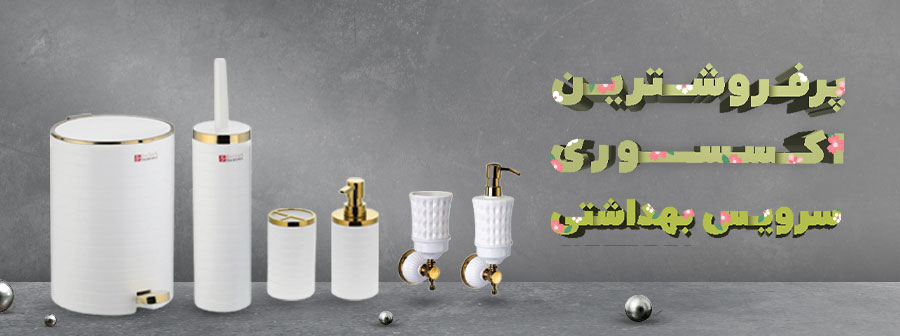
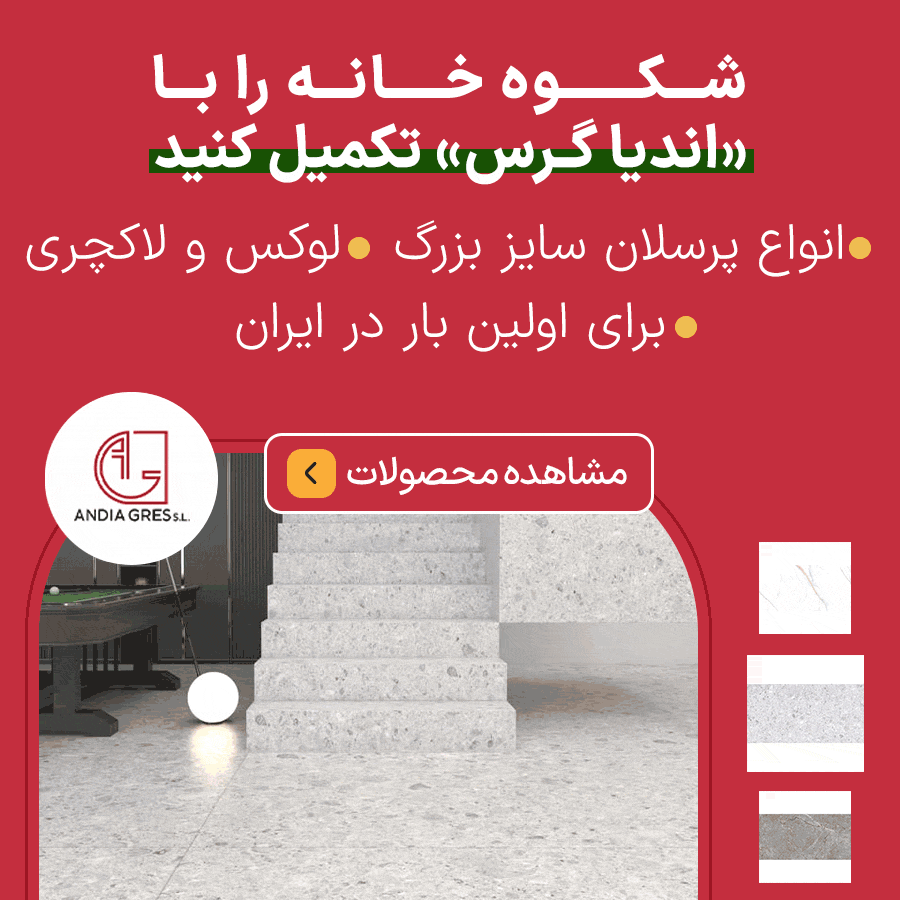
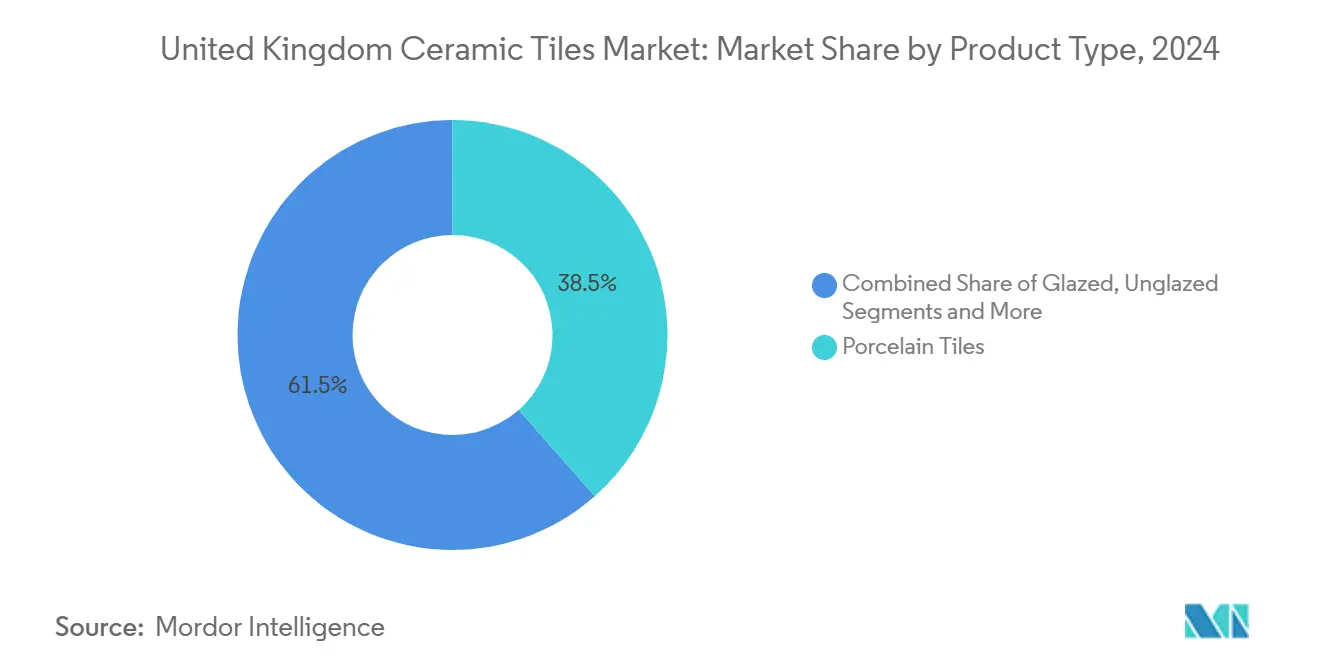
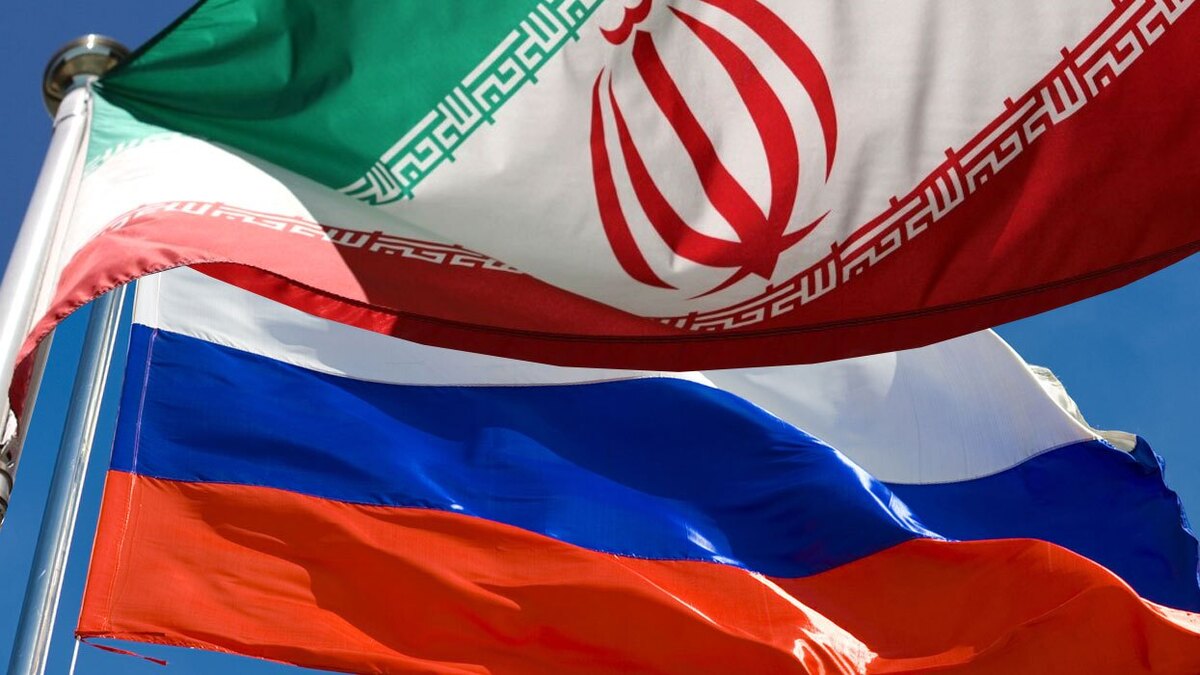


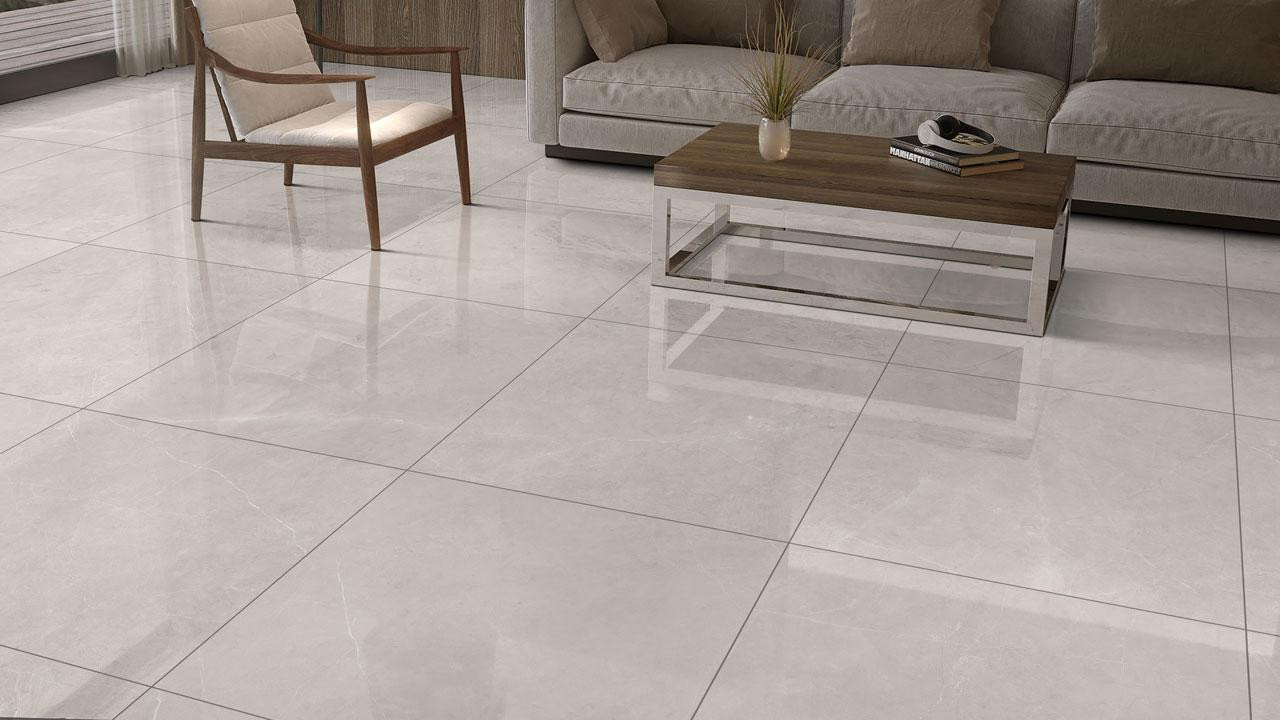

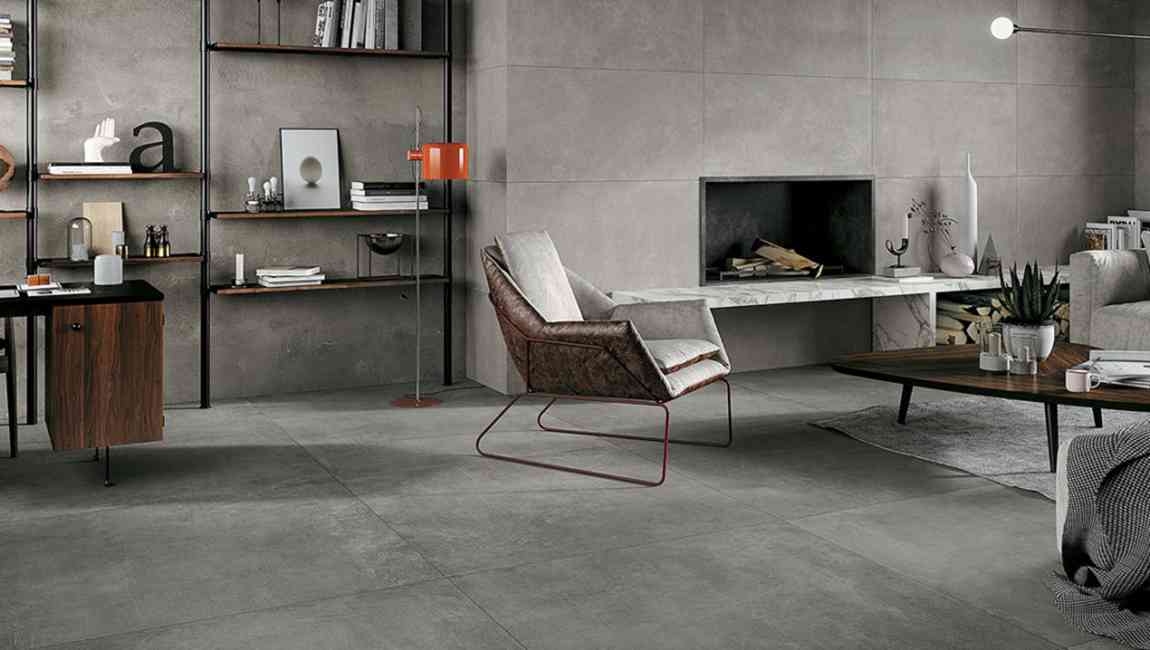
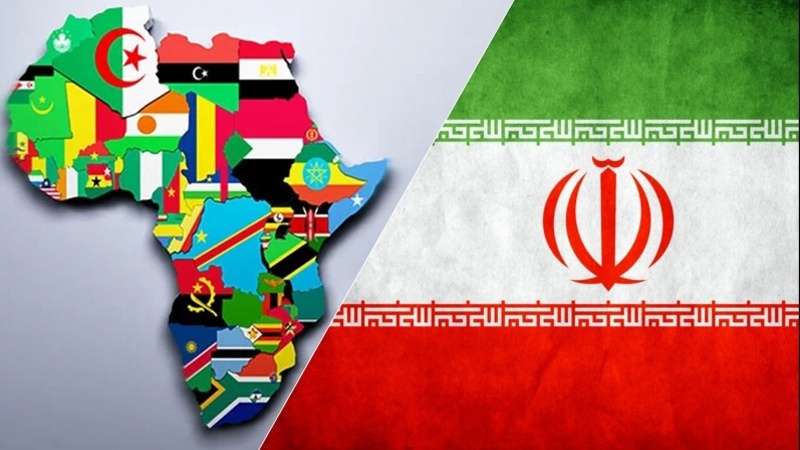
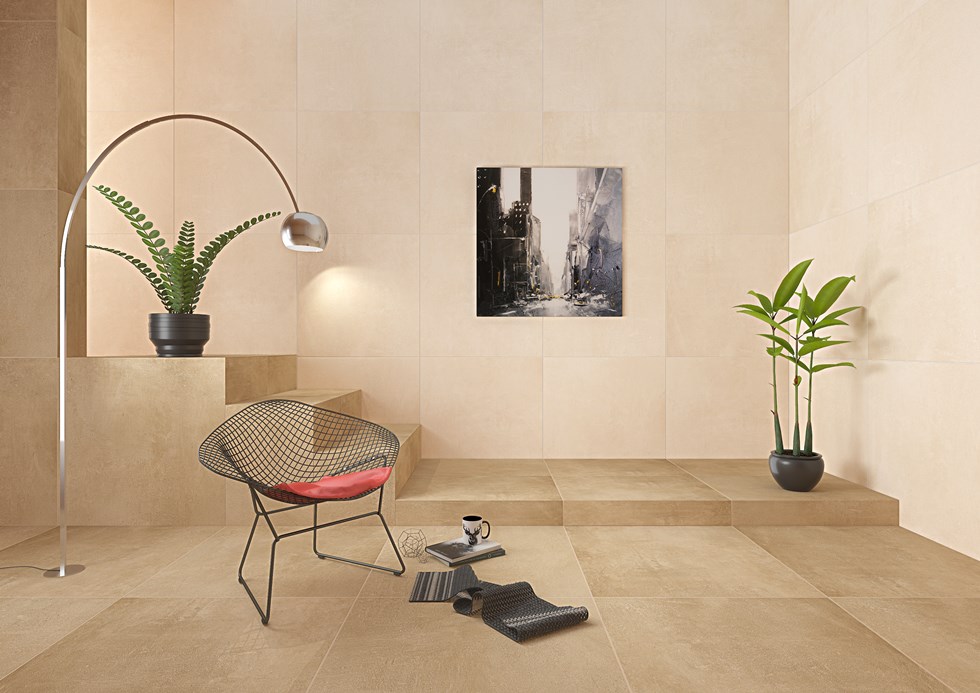
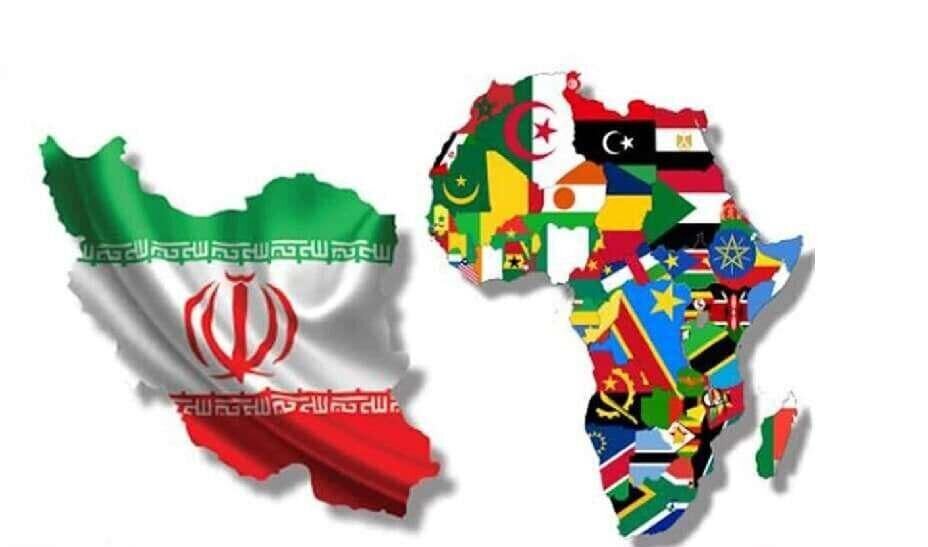
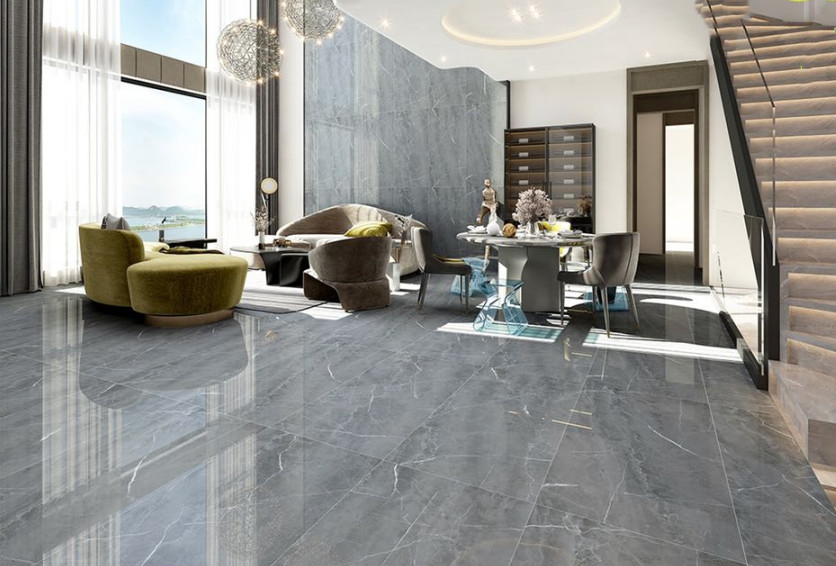
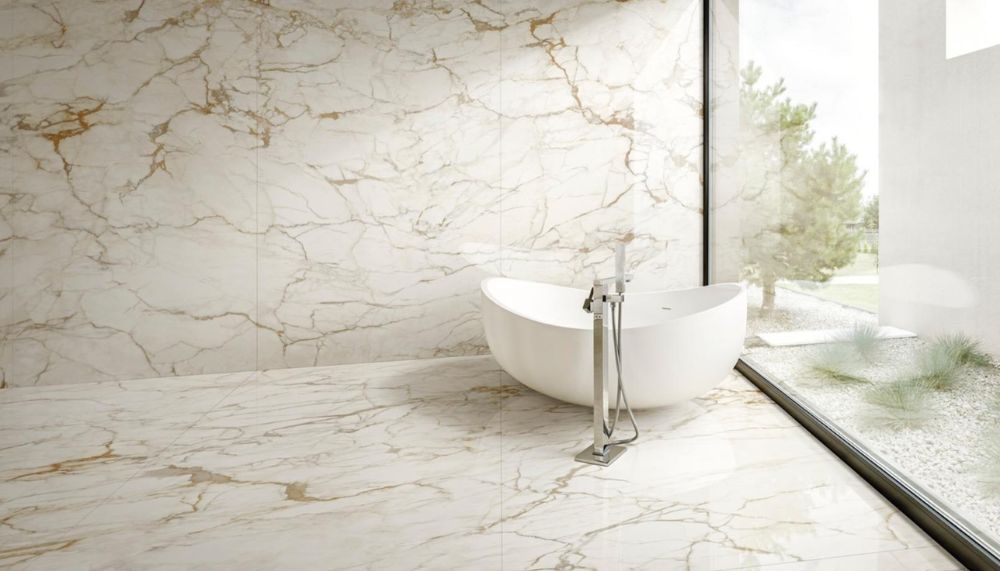


نظرات ۰